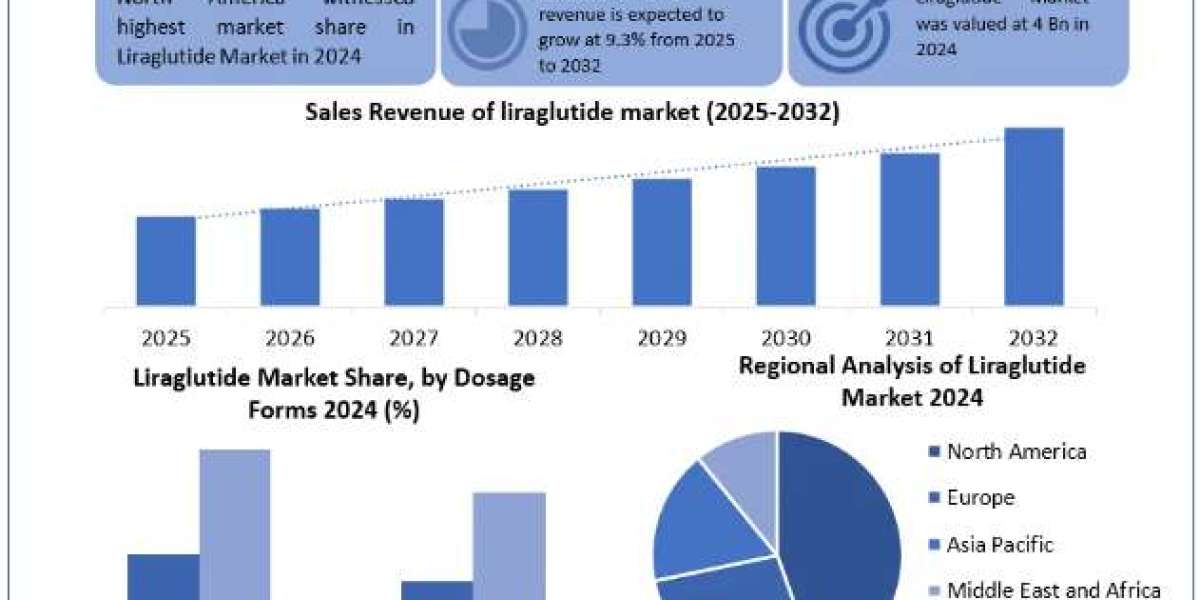You Think You're Collecting Stickers, But You're Actually Burning Dice: The Hidden Spending Trap of Monopoly GO
At first glance, Monopoly GO looks like a fun, harmless mobile game built on nostalgia and light-hearted competition. The mechanics seem simple enough: roll the dice, collect property, participate in events, and—most addictively—collect stickers to complete albums. But what many players fail to realize is this: you’re not just chasing stickers… you’re burning through dice, and often your wallet.
The real currency of Monopoly GO isn’t cash or gold—it’s dice. And once you start diving into sticker collection, you’ll find that what seems like a fun side goal quickly becomes a carefully engineered resource sink.
1. Sticker Collection Is a Dice-Driven System
Every sticker in the game is tied to an activity that requires dice:
Event milestones
Mini-games like “Peg-E” or “Dig for Treasures”
Surprise rewards from certain tiles
In theory, these activities are about gameplay. But in practice, they’re about how many times you roll. The more you roll, the more chances you get at sticker packs. The fewer dice you have, the less progress you make.
That shiny 5-star sticker you want? It might be behind 500 dice rolls—or more.
2. Events Are Designed to Drain You
Sticker-focused events aren’t generous; they’re strategically tight. Rewards are tiered so that you have to burn a large number of dice just to reach the first few sticker packs. The most valuable stickers are locked behind the final milestones—those that require 1,000+ dice to reach.
And while you're using dice to chase stickers, you're also falling behind in other parts of the game: upgrades, heists, and cash generation.
It's not sticker collecting—it's resource consumption disguised as progress.
3. Emotional Triggers Fuel the Trap
The game uses psychological hooks to keep you spinning:
The rush of opening a new sticker pack.
The frustration of missing just one card in a set.
The social pressure of limited-time trades or leaderboards.
These triggers keep you playing, rolling, and eventually spending. And the scariest part? You’ll start believing you’re “almost there” and justify spending more dice—or even real money—to cross the finish line.
4. The Hidden Cost: Dice > Money
Unlike games that push in-game purchases directly, Monopoly GO lets you think the sticker chase is “free.” But when you run out of dice, you’re forced to wait… or pay. And once you're emotionally invested in an album or event, waiting doesn't feel like an option anymore.
So what do players do? They buy dice. And when in-game prices are high, they look elsewhere.
5. Outsmart the Trap with Smart Dice Spending
The key to surviving Monopoly GO’s sticker economy is not just awareness—it’s strategy. Plan your rolls, avoid impulsive spending, and save up for major events. But when you do need more dice, don’t fall into the overpriced in-game shop trap.
Thousands of players are now turning to MMOWOW Store—a trusted platform offering cheap Monopoly GO dice that help you stay competitive without draining your bank account.
Visit mmowow store now to grab cheap monopoly go dice and roll smarter, not harder. Because in Monopoly GO, it's not just a game—it's a system. And the better you understand it, the better you’ll play it.



